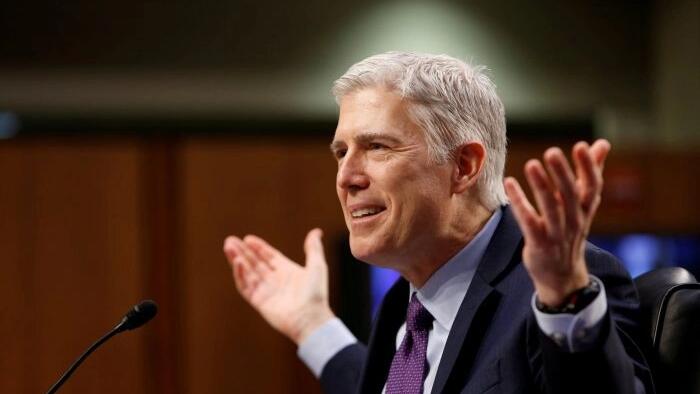The call for deregulation is gaining momentum in current discussions about revitalizing America’s economy, fostered significantly by figures like Elon Musk. The pervasive nature of regulations and laws has become a contentious issue, prompting many to agree that the regulatory environment is excessively complex and burdensome. Jeffrey Tucker highlights these sentiments, noting that the literature surrounding the issue, such as Justice Neil Gorsuch’s book “Over Ruled,” underscores the extensive rise in regulation. Gorsuch expounds on the explosion of legal mandates—remarking that the range of federal laws in the U.S. has ballooned from a single volume less than a century ago to over 60,000 pages today. This vast regulatory framework not only confuses citizens and professionals alike but also stifles innovation and individual freedoms.
Tucker illustrates how pervasive regulations manifest in everyday life, adversely affecting nearly all consumer products and services. From federally mandated lower flow rates in showerheads to complicated specifications for common goods such as pasta, everyday items are often poorly designed because of bureaucratic interference. This phenomenon is indicative of broader issues in sectors like housing, where excessive regulations hinder construction, driving up prices and limiting affordable options. Gorsuch points out that even basic food items, from meat to pasta, are heavily regulated, which contributes to inefficiencies and market distortions, disproportionately affecting small businesses and farms while benefitting larger corporations that can navigate these complexities.
The author highlights personal experiences, underscoring the immense legal and financial burdens that accompany attempts to start and operate a business amidst a labyrinth of regulatory requirements. The compliance costs are not only monetary but also consume valuable time and energy that would be better spent serving customers or innovating. As Tucker conveys, aspiring entrepreneurs often find themselves facing overwhelming bureaucracies that become obstacles rather than facilitators of economic growth. The practical implication of this regulatory maze is the discouragement of business initiatives and innovation, as potential entrepreneurs either give up or are dissuaded from pursuing their ideas in the first place.
Tucker argues that the concept of “deregulation” may not capture the full extent of what is needed within the U.S. A radical reduction in regulatory codes is advocated, one that reconsiders the frameworks that have continually expanded over decades. Historical context is crucial here, as he references successful bipartisan deregulation efforts from the late 1970s in industries such as trucking, energy, and telecommunications that contributed significantly to the economic prosperity of the 1980s. In contrast, the financial deregulation trends of the early 1980s bore negative ramifications, leading to crises such as the Savings and Loan crisis and the 2008 financial meltdown, which often attracts criticism against the concept of deregulation itself.
However, Tucker poses a counter-argument to the prevailing negative perceptions of deregulation by suggesting that effective and beneficial forms of regulation can exist outside government intervention. He points to the sustained credibility of non-governmental institutions, like Underwriters Laboratory, which certifies product safety based on market-driven standards rather than bureaucratic edicts. This presents the idea that the market itself, through mechanisms like reputation and consumer choice, can impose appropriate regulations without the need for government oversight, potentially leading to better outcomes for safety and quality than current regulatory frameworks allow.
In closing, Tucker envisions a future where the regulatory state is drastically diminished—ideally by at least 90 percent—allowing for a rejuvenation of American enterprise. This would necessitate a cultural and political shift towards valuing individual freedom and economic liberty over expansive government mandates. He acknowledges that achieving such a transformation will not be a swift process, but he emphasizes the urgent need for change in regulatory approaches to bolster innovation, entrepreneurship, and overall economic vitality. In summary, the piece advocates for a thoughtful reevaluation of regulations in favor of a more liberated economic landscape, where market forces guide the standards for quality and safety.

